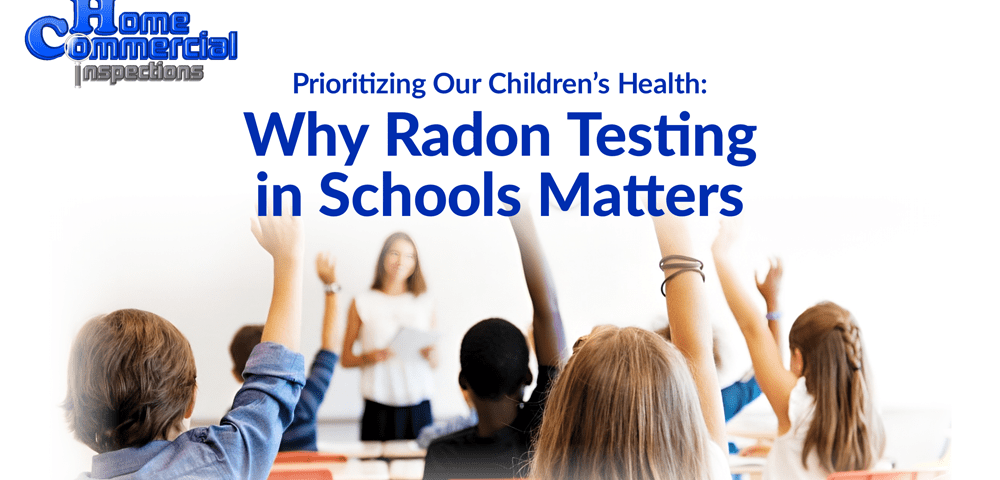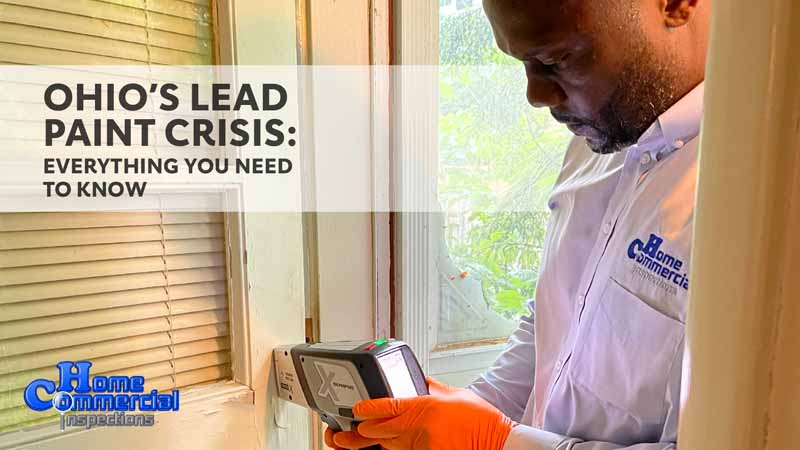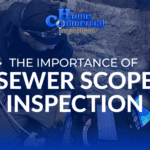
Uncovering Hidden Headaches—The Importance of Sewer Scope Inspections in Ohio
March 14, 2024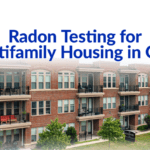
Radon Testing for Multifamily Housing in Ohio
March 25, 2024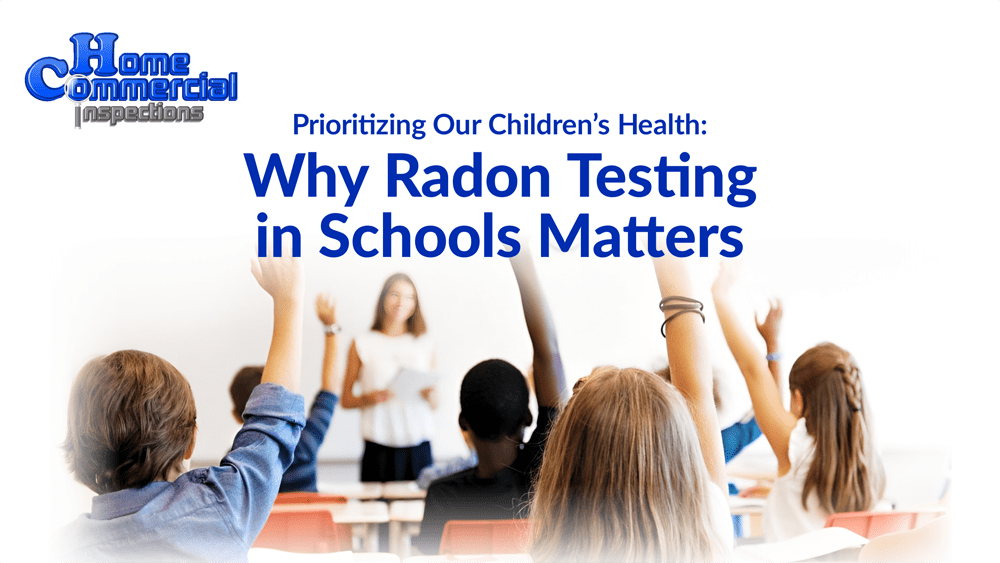
Did you know that radon in schools is an invisible, odorless, and radioactive gas, could be silently infiltrating our children’s schools, posing a significant health risk? Radon is a naturally occurring gas that emanates from rocks, soil, and water and can seep into buildings, particularly those with poor ventilation. What’s alarming is that radon exposure has been linked to lung cancer, and children, with their higher breathing rates and developing respiratory systems, are particularly vulnerable.
In spite of the possible risks, very few Cleveland, Ohio Schools have had radon testing done. The Environmental Protection Agency (EPA) reports that short-term radon levels in almost one in five US school rooms are higher than the advised amount of 4 pCi/L. Considering the significant amount of time kids spend in educational settings, this is alarming.
Think about the conditions of an average school day: crowded classrooms, poor ventilation, and long stretches of time spent inside. These circumstances foster an atmosphere that is ideal for radon buildup, raising the possibility of exposure for both employees and pupils.
The American Association of Radon Scientists and Technologists (AARST) has put up model legislation that supports thorough radon testing in all school buildings since they understand how urgent this issue is. To guarantee occupant safety, this legislation provides precise recommendations for standards, testing frequency, and mitigation techniques.
Within a year of being implemented, all Ohio school buildings would be subject to initial radon testing under the proposed policies. The purpose of this initial assessment is to locate any current hotspots for radon and, if necessary, to start the necessary mitigation procedures. For buildings with elevated radon levels, follow-up testing would take place every two years; for those with levels below the threshold, it would happen every five years.
Why Is Ohio at a High Risk for Radon Gas?
The state of Ohio is home to two unique geological formations that make its residents at an especially high risk of exposure to radon gas. Much of the state is covered in a shale outcropping. This special type of sedimentary rock contains organic materials that naturally break down and produce radon. In addition, Ohio was formed by glaciers that deposited sediment that is also known to be high in radon. Combined, these two factors create a perfect storm for producing high levels of radon gas in Ohio schools and businesses.
Home & Commercial Inspections Provides Expert Radon Testing
Home & Commercial Inspections LLC has over ten years of experience and is the best choice for Ohio school facilities looking for expert radon inspection services. Our licensed commercial radon inspectors have the knowledge and experience to quickly conduct a thorough inspection, so you can feel confident your Dayton, Ohio school provides a safe and healthy environment for everyone.
Testing procedures adhere to stringent standards set by ANSI-AARST protocols, ensuring accuracy and reliability. Measurement devices used for testing are approved by an EPA-recognized certification program, guaranteeing their effectiveness in detecting radon levels.
But what happens if your Columbus, Ohio school fails the radon test? Thankfully, there are tried-and-true methods for lowering radon levels and lowering the likelihood that radon exposure may cause lung cancer. Mitigation measures would be required to lower exposure hazards if radon levels were to exceed the recommended threshold. These protocols would follow set guidelines and entail informing pertinent parties—such as state authorities, school boards, and parent organizations—of the outcomes.
By putting strong radon testing procedures into place in Ohio schools, we can put our kids' health and wellbeing first.

